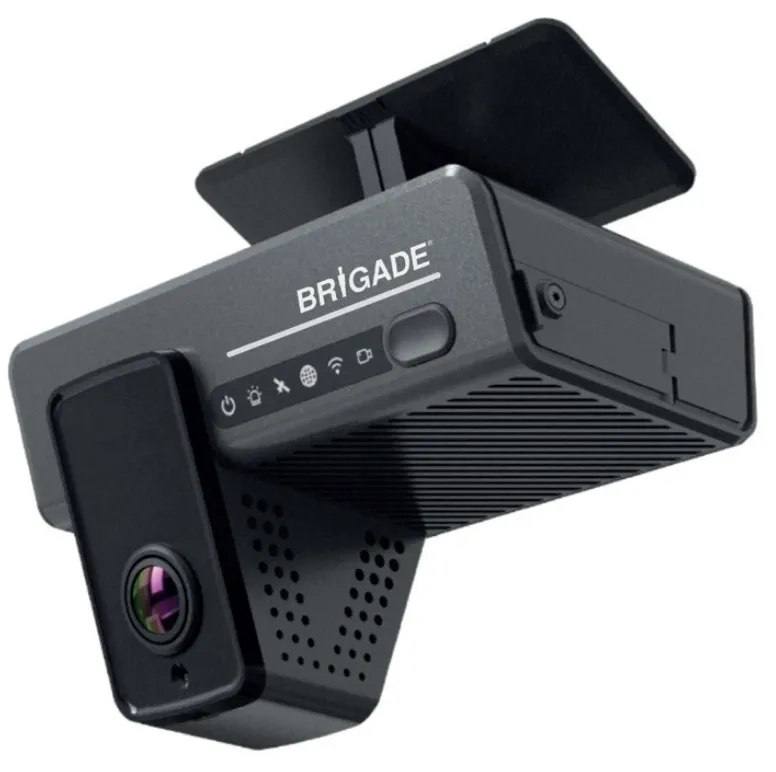
A kerb or pole-mounted fibre optic sensor detects rising water levels and triggers the sign when water rises to a pre-determined level, providing drivers with advance warning to take an alternative route.
Each MUTCD-compliant BlinkerSign is built to weather harsh or emergency conditions, operates in fresh or salt water and is suitable for use in frequently flooded areas, tidal zones, underpasses and hurricane zones, while its off-grid solar power system makes it suitable for use during power outages.
The signs, which are visible day and night for around two miles, can be deployed or taken down in minutes and can be activated onsite, either wirelessly with short or long range radios or optionally web connected - allowing system monitoring and alerts during active flooding.









